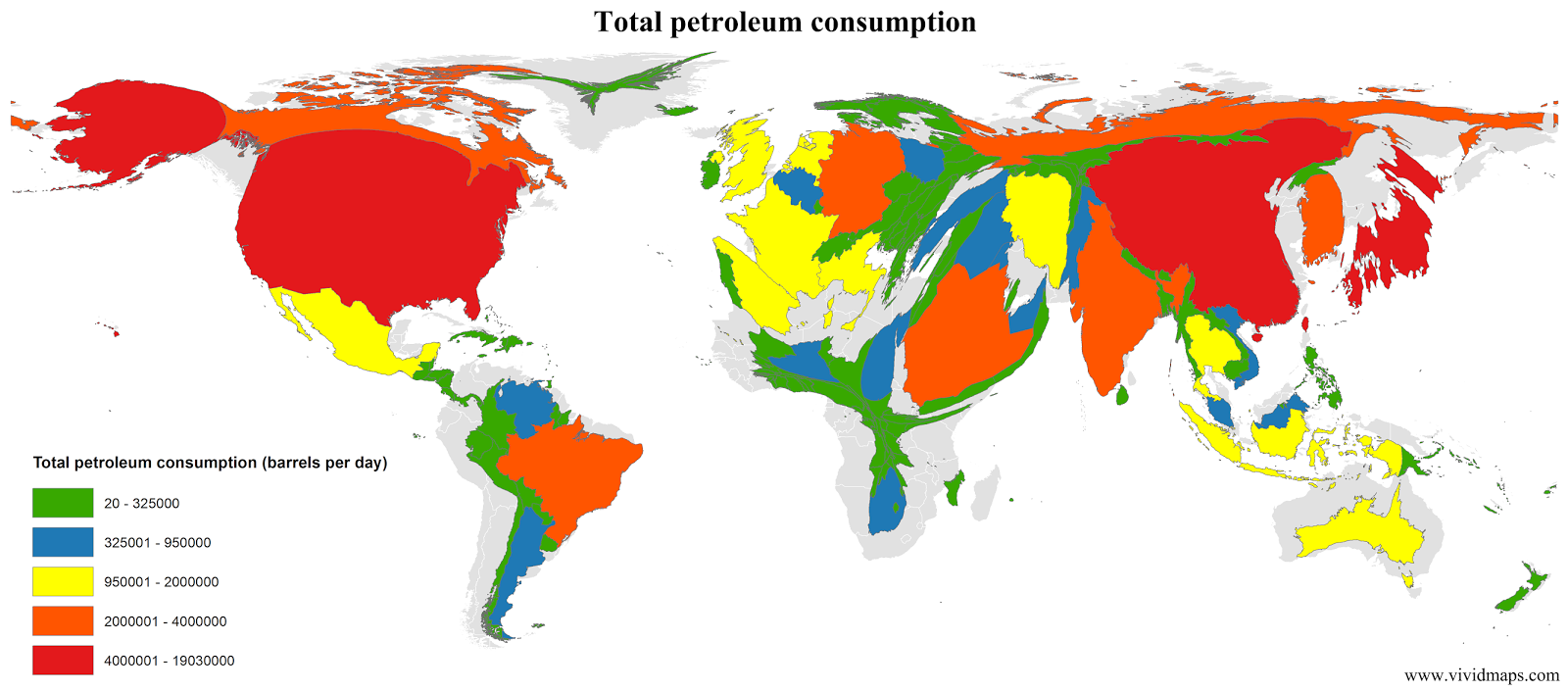The Great Fire of London (1666)
This post may contain affiliate links. As an Amazon Associate, we earn from qualifying purchases.
On the fateful night of September 2, 1666, a small fire ignited in the humble bakery of Thomas Farriner on Pudding Lane. What began as a seemingly innocuous incident quickly spiraled out of control, fueled by the tightly-packed wooden structures and narrow streets that characterized 17th-century London.

As the flames spread, they consumed countless homes, businesses, and landmarks, including the iconic St. Paul’s Cathedral. The blaze raged for four days, ultimately destroying more than 13,000 houses, 87 parish churches, St. Paul’s Cathedral, and most of the buildings of the City authorities.
The catastrophic scale of the fire prompted a major rethinking of the city’s urban planning. Sir Christopher Wren, the renowned architect, was commissioned to design a new plan for London, one that would address the hazards that had contributed to the fire’s rapid spread.

Wren’s visionary proposal called for wider streets, better-spaced buildings, and the inclusion of open spaces and parks. While his grand plan was not fully realized, it laid the foundation for the London we know today – a vibrant, modern city that has seamlessly blended its historic character with contemporary innovation.
The Legacy of the Great Fire
The Great Fire of London was a pivotal moment in the city’s history, catalyzing transformation and progress. The disaster not only reshaped the physical landscape but also inspired a renewed sense of civic pride and resilience among Londoners.
In the aftermath of the fire, the city embarked on a ambitious rebuilding effort, with architects and engineers harnessing the latest advancements in construction and urban planning. This period saw the emergence of iconic landmarks like St. Paul’s Cathedral, which stood as a symbol of the city’s resilience and ambition.
The Great Fire’s lasting impact can be seen in the modern-day London, a dynamic metropolis that has evolved through the centuries, embracing change while preserving its rich heritage. The scars of the fire may have long since healed, but the lessons learned continue to shape the city’s ongoing development and growth.
As you explore the captivating history of the Great Fire of London, you’ll undoubtedly be struck by the remarkable resilience and ingenuity of the city’s people. Their ability to overcome adversity and reimagine their urban landscape serves as an inspiring testament to the human spirit – a story that continues to captivate and inspire generations of Londoners and visitors alike.








